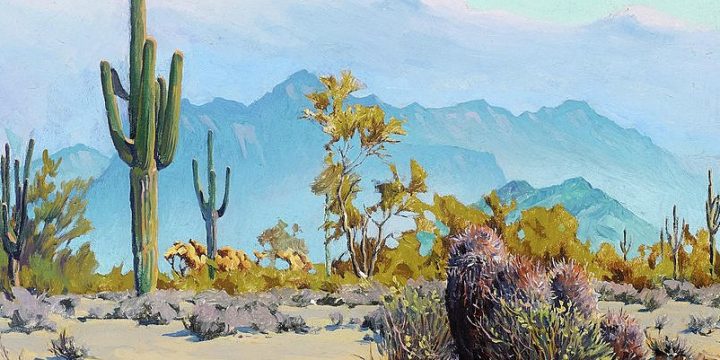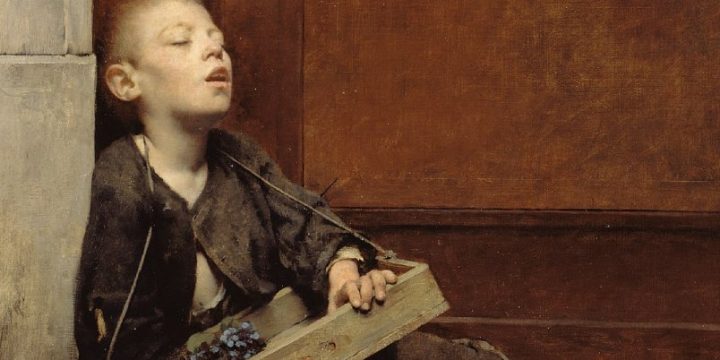
Gunnar Widforss
Gunnar Widforss (1879-1934) was a Swedish artist who developed the well-known part of his paintwork in the United States. Proficient water-colourist, tireless traveller, he settled in California in 1921 and was entrusted painting a series of landscapes, he was asked to depict the National Park of Yosemite Valley first and then Yellowstone, which he travels long. Once there, he paints most of his watercolour and drawings, leading a lonely, adventurous life. He worked in many national American parks. The most complete and beautiful series of painting is the one devoted to the Grand Canyon, with spectacular rocky landscapes and changing or contrasted effects of light. There are a number of painters attracted to these places and nearly all of them much enjoyed the solitude and a way of painting surrounded…


